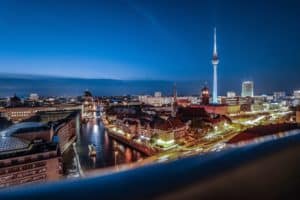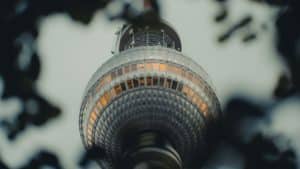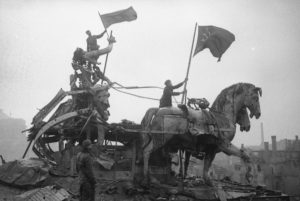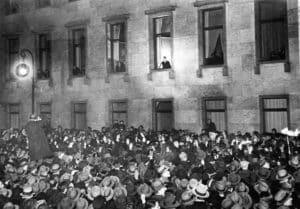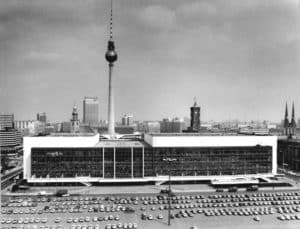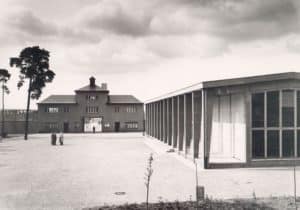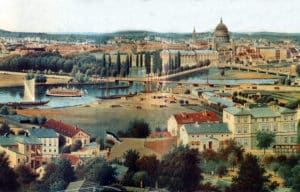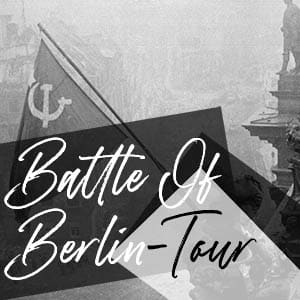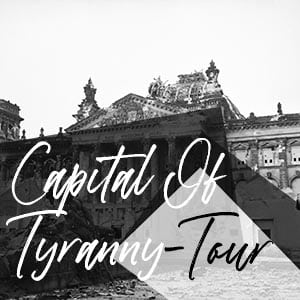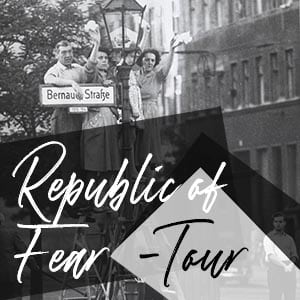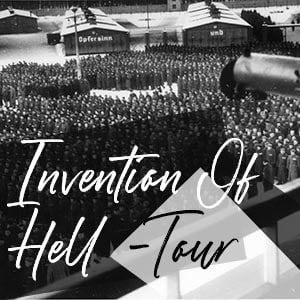If you have already taken our earlier Berlin Quiz and scored more than 90%, now is your chance to find out just how much you really know about the German capital – and whether you deserve the title of Berlin Expert.
Our Berlin Expert Quiz consists of 35 questions on Berlin’s history, its landmarks, street names, famous personalities, and some tricky trivia.
There is a 60 second timer on each question, so you will have to think fast! But don’t worry, you will be provided with a small text explaining the answer and whether you were correct or not. So even if you don’t get everything right, you might just learn something new along the way.
Make sure to share the quiz on Facebook or Twitter at the end so you can challenge your friends to find out whether they can call themselves Berlin Experts too…

#1. Alexanderplatz is named after which famous Alexander?
After his coronation in Königsberg on May 6, 1701, Prussian King Frederick I entered Berlin through a city gate at today’s Alexanderplatz – named the Georgian Gate. As a result this would be renamed the King’s Gate, the royal entrance to the city from the east, with a military parade ground added in the late 18th century. On October 25, 1805, the Russian Tsar Alexander I was welcomed to the city on the parade grounds in front of the old King’s Gate and Prussian King Frederick William III soon ordered the square to be renamed in his honour.
#2. Which of these boroughs did not exist in name before the 1920 Greater Berlin Act?
Kreuzberg was formed on 1 October 1920 as one of the twenty boroughs established by the Greater Berlin Act. The eastern Friedrichsvorstadt, the southern Friedrichstadt, the western and southern Luisenstadt and the Tempelhofer Vorstadt were merged into the new VIth borough of Berlin, first named Hallesches Tor. The next year, the borough assembly of Hallesches Tor decided to rename the borough after the Kreuzberg (cross hill), the point of the highest elevation in the Kreuzberg locality and nickname of the 1821 Prussian National Monument for the Liberation Wars by Karl Friedrich Schinkel that features at the top of this hill.
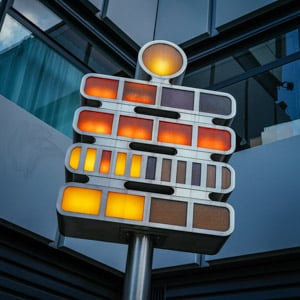
#3. What is this West Berlin oddity?
The Mengenlehreuhr (Set Theory Clock) is the first public clock in the world that tells the time by means of illuminated, coloured fields – for which it is listed in the Guiness Book of World Records.
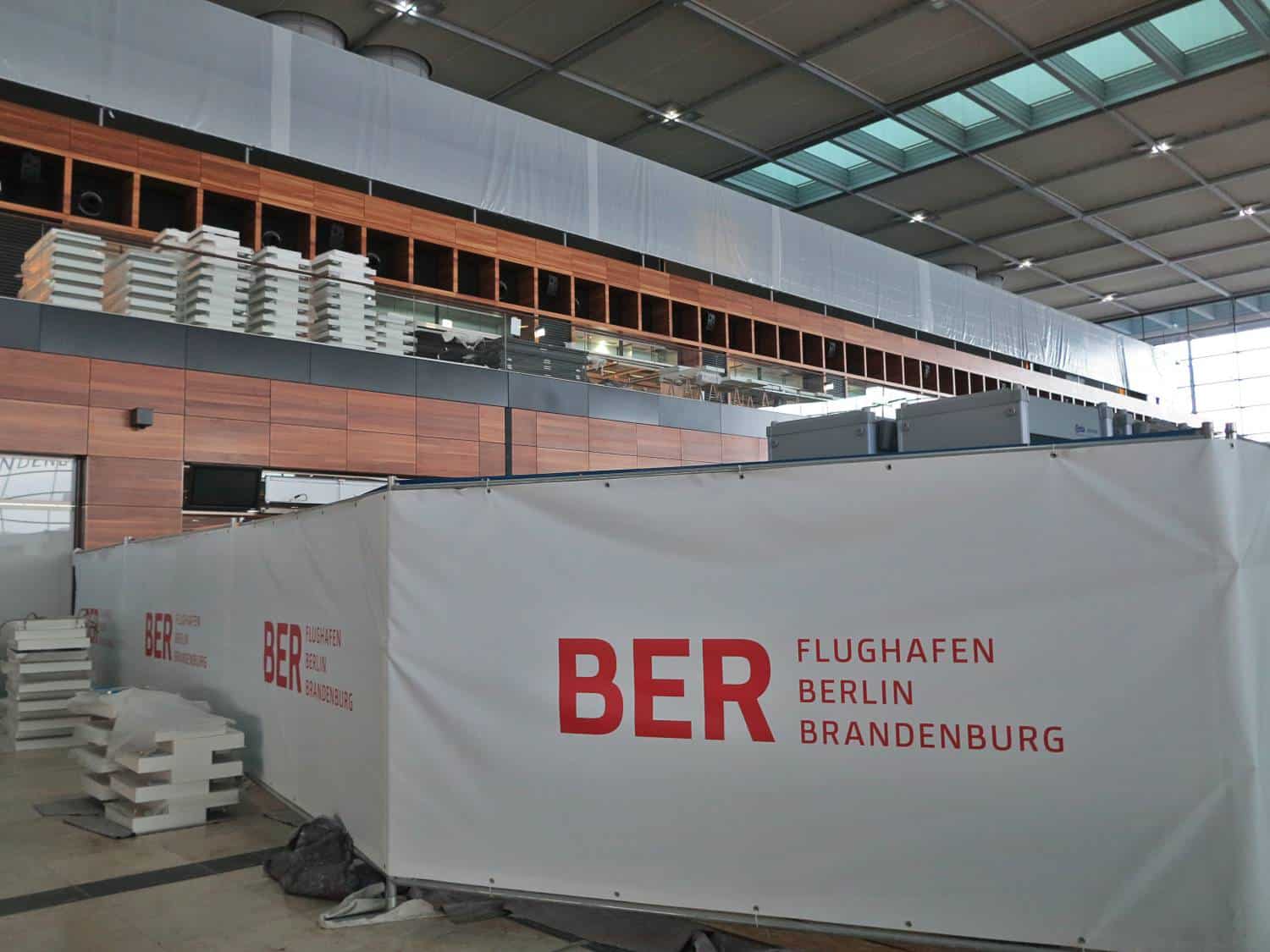
#4. How many years was the Berlin Brandenburg Airport delayed before it finally opened in 2020?
The Berlin Brandenburg Airport was originally planned to open in October 2011, five years after starting construction in 2006. It finally opened on October 31st 2020 – nine years behind schedule.
#5. The first plane to bomb Berlin during the Second World War belonged to which country?
A French Farman known as the Jules Verne – part of the French Naval Aviation – was the first Allied bomber to raid Berlin: on the night of June 7th 1940 it dropped eight bombs of 250 kg and 80 of 10 kg weight on the German capital.
#6. Which of these two Berlin districts are known to engage in an annual food fight across their district boundaries?
Previously divided by the Berlin Wall, the residents of the districts of Friedrichshain and Kreuzberg still meet (albeit infrequently) to engage in the Battle of the Oberbaumbrücke. A pitched food and water fight (Wasserschlacht) that usually takes place in September across the former Cold War crossing point of the Oberbaumbrücke.
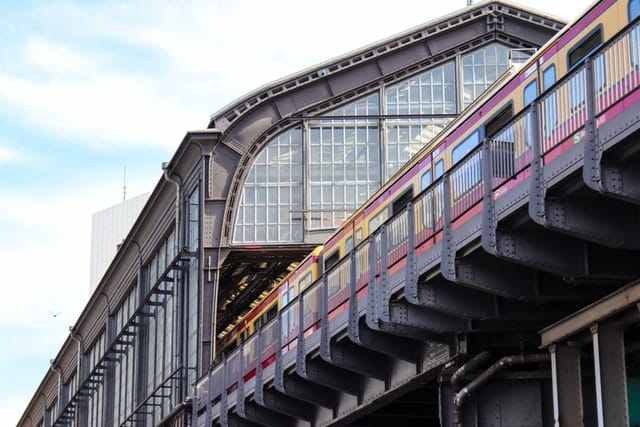
#7. What is the Berlin Stadtbahn?
The Stadtbahn line is Berlin’s elevated central rail line. It connects the eastern district of Friedrichshain with Charlottenburg in the west via 11 intermediate stations including Hauptbahnhof. The Berlin Stadtbahn is often also defined as the slightly longer route between Ostkreuz and Westkreuz, although this is not technically correct.
#8. Which Berlin boroughs has the highest population?
The most populous and second largest borough in Berlin is Pankow. The largest borough by area is Treptow-Köpenick.

#9. What record is held by the soccer club Tasmania Berlin?
In 1965, Tasmania Berlin were promoted to the top flight after Hertha Berlin was compulsorily relegated for illegal payments to players. They were clearly out of their depth, ending the season with only eight points and a goal difference of 15:108 – making them the worst team in Bundeliga history to this day.
#10. Which of these terms is not used to refer to a landmark in Berlin?
The Cruise Liner is a popular nickname for the Centre Pompidou in Paris. The Beer Brush (Bierpinsel) is a futuristic pop art structure in Berlin’s Steglitz district, the Federal Washing Machine (Bundeswaschmaschine) is a name commonly used to describe the German Federal Chancellery building next to the Reichstag, and the Kaiser-Wilhem-Gedächtniskirche in West Berlin is often referred to as the Hollow Tooth (Hohle Zahn) due to its visible war damage.
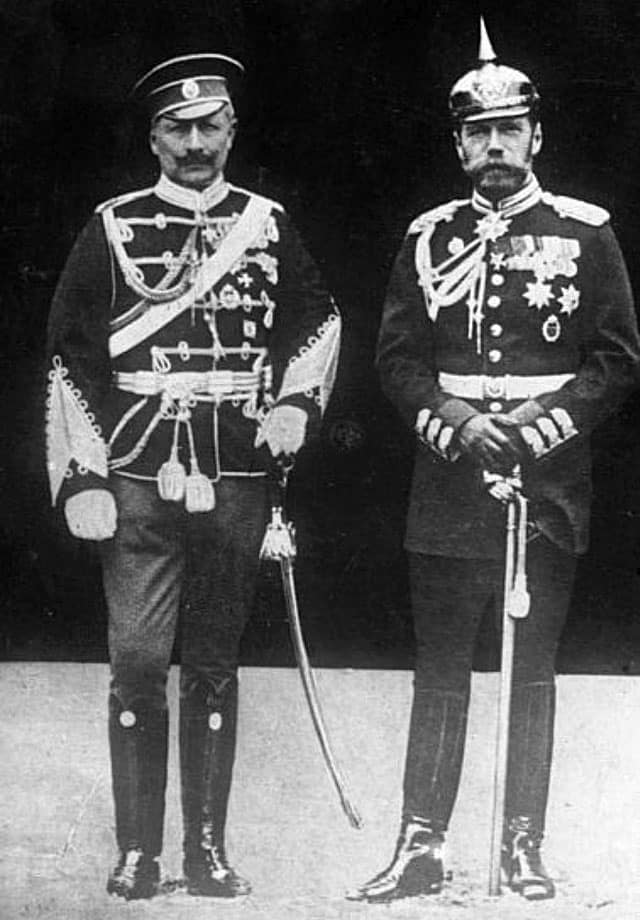
#11. On August 1st 1914, Kaiser Wilhelm II declared war on which country from the balcony of the Berlin Schloss?
Speaking from the balcony of Portal IV on the Berliner Schloss, Kaiser Wilhelm I declared war on Russia on August 1st 1914 – explaining how he saw “no more parties and no more denominations” – a formula he would repeat three days later in the German parliament, famously stating “I no longer know any parties, I only know Germans.”
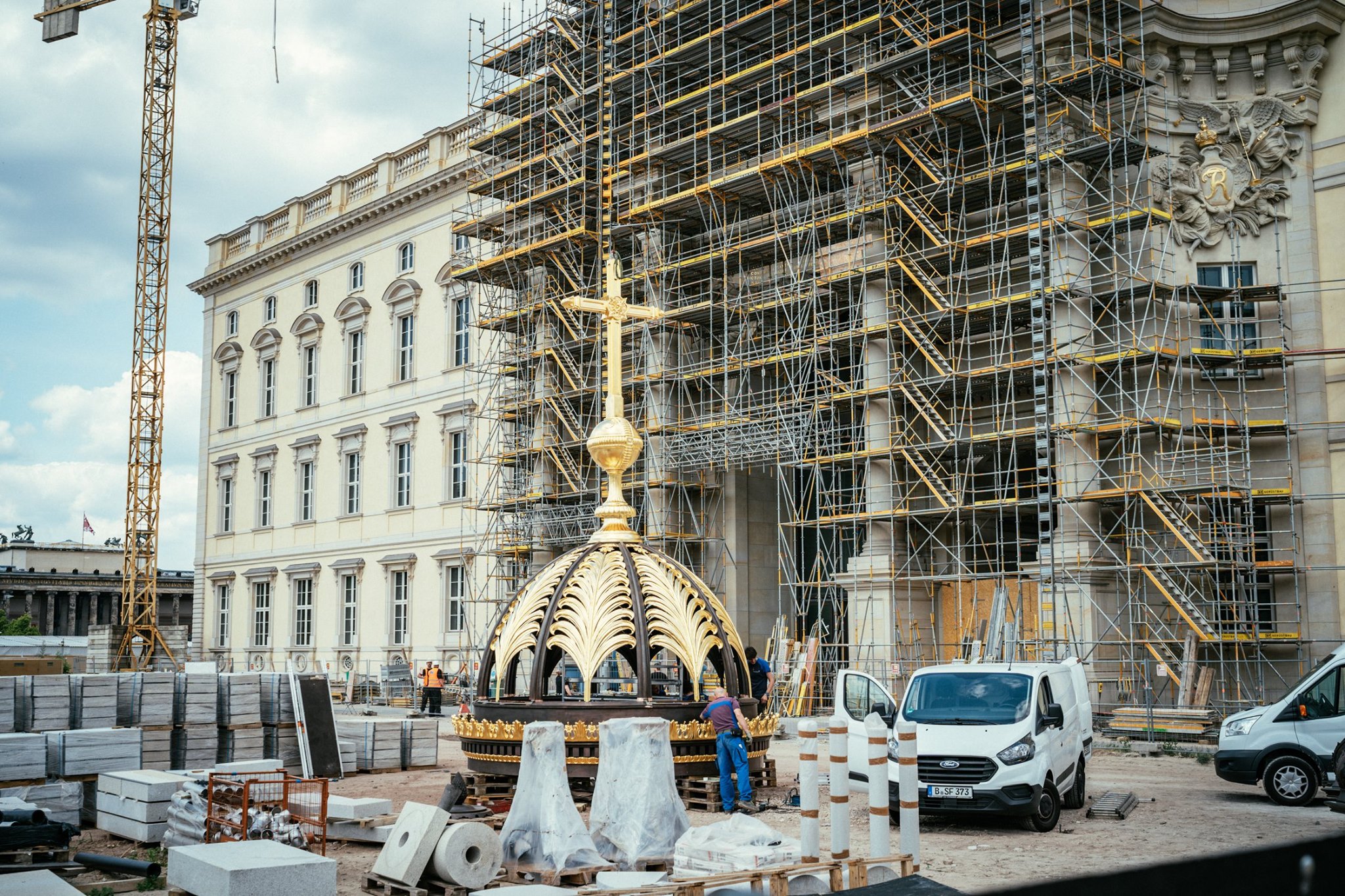
#12. What is special about the cross on top of the reconstructed Berliner Schloss?
Although the original Stadtschloss was almost entirely destroyed in 1950, this palace-shaped replica now sits on the southern edge of Museum Island – topped with a rather controversial Christian cross bearing the name of its mail-order-catalogue czar benefactor.

#13. Why was the Charité hospital opened?
In 1709, King Frederick I of Prussia ordered that a hospital be established north of the Berlin city walls in anticipation of an outbreak of the bubonic plague that had already depopulated East Prussia. The plague would spare the city and the hospital would be used as a charity hospital for the poor – given the name Charité, French ‘charity, by Frederick William I of Prussia on January 9th 1727.

#14. In 1865, famous pathologist Rudolf Virchow was challenged to a duel by German chancellor Otto von Bismarck. Virchow reportedly suggested what be used as weapons…
Responding to Otto von Bismarck’s challenge, Virchow is said to have chosen two sausages, one infected with worms, as the weapons (they each had to eat one for the “duel”). Bismarck, upon hearing the choice of weapons, declined. As comical as the story may sound, it is highly unlikely it is true. Correspondences from Bismarck and Virchow tell a slightly different tale; and the story of the famous ‘sausage duel’ seems to have originated from an 1893 edition of a pseudoscientific journal called the Homœopathic News.

#15. When was the Love Parade last held in Berlin?
The Love Parade first appeared in Berlin in 1995 – when 150 people took to the streets of the city for a political demonstration under the motto: Friede, Freude, Eierkuchen (Peace, Joy, Pancakes). It just happens that demonstration also featured techno music and dancing, and became quite successful in the following years. The last time the Love Parade appeared in Berlin was in 2006.
#16. Which vocal opponent of the Nazi regime is buried in the crypt of St Hedwig’s Cathedral?
Known for repeatedly speaking out against the persecution of Jews and the Nazi involuntary euthanasia programme, Father Bernhard Lichtenburg was arrested by the Gestapo in 1943 and taken to Dachau concentration camp in Bavaria – where he caught pneumonia and died. Lichtenberg’s tomb is situated in the crypt of St. Hedwig’s Cathedral in Berlin.
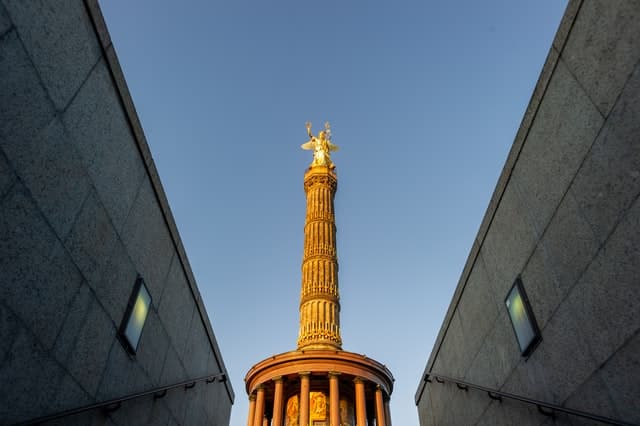
#17. Before being moved to its current location, the Siegessäule was previously located where?
The Victory Column originally stood in Königsplatz (now Platz der Republik), in front of the Reichstag, at the end of the Siegesallee (Victory Avenue). In 1939, in preparation for Berlin’s transformation into Welthauptstadt Germania, the Nazis relocated the column to its present site at the Großer Stern (Great Star) – a roundabout named after the star formation of the roads visible from above and from the viewing platform of the column.

#18. The famous Berlin club Tresor was initially located in the basement of which former department store?
The Tresor nightclub opened in March 1991 in the vaults of the former Wertheim department store at Leipziger Strasse 126-128, near Potsdamer Platz.
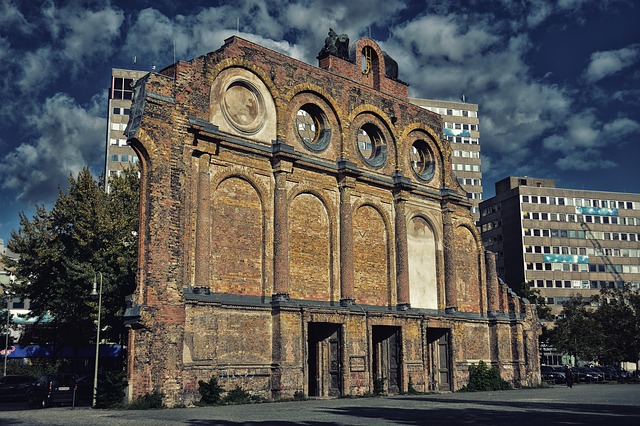
#19. Had Adolf Hitler’s plan to transform Berlin into a world capital succeeded, what was Anhalter Bahnhof destined to become?
Once the largest train station in continental Europe, the Anhalter Bahnhof was severely damaged during the Second World War. Had Nazi Germany been victorious, Adolf Hitler’s grand plan for resdesigning Berlin would have seen the train station transformed into the site of a public swimming pool.
#20. If you travelled back in time to a restaurant in East Berlin in 1975 and were offered a Berliner Luft after your meal, which of these would you expect to receive?
Berliner Luft was the name of a peppermint liqueur made in East Germany with 25% alcohol. It is still produced in Germany, although now in three different strengths – 18 Vol-%, 40 Vol-% (“Strong”) und 50-% (“Extra Strong).
#21. Many street names in East Berlin disappeared from the map following the reunification of the city in 1990. Which one of these was previously used in Berlin Mitte?
In September 1964, following the death of East German prime minister Otto Grotewohl, the eastern section of Berlin’s central Wilhelmstrasse government street was renamed Otto-Grotewohl-Strasse and would remain so until German reunification. Lenin-Allee is currently known as Landsberger Allee; Dimitroffstrasse is now Eberswalderstrasse; and Käthe-Niederkirchner-Strasse still bears the same name – not to be confused with Niederkirchner-Strasse, which is located between the former Nazi SS/Gestapo headquarters and Nazi Reich Aviation Ministry building.
#22. In July 2008, a number of Berlin Modernism housing estates were listed as part of a UNESCO World Heritage Site. How many?
The Berlin Modernism Housing Estates are a combined World Heritage Site designated in 2008, comprising six separate subsidized housing estates distributed across the German capital – Gartenstadt Falkenberg, Siedlung Schillerpark, Großsiedlung Britz (the Hufeisensiedlung), Wohnstadt Carl Legien, Weiße Stadt, Großsiedlung Siemensstadt.
#23. Which famous German artist previously lived next to the Brandenburg Gate?
The first building on the northern side of the Brandenburg Gate ensemble is the Haus Liebermann (Pariser Platz 7) – named after the German painter & President of the Berlin Academy of the Arts, Max Lierbermann, who lived and worked in this house following its acquisition by his father in 1857.

#24. Which of these nicknames was popularly used to describe the East German Palast der Republik?
Completed in 1976, the Palace of the Republic, housed the East German parliament until 1990. Designed in a modernist style with distinctive bronze-mirrored windows, its decorative lighting fixtures would earn it the nickname ‘Erich’s Lamp Shop‘ (Erichs Lampenladen) – in reference to East German leader Erich Honecker.
#25. Who was the mayor of West Berlin on August 13th 1961?
The ruling mayor of West Berlin on August 13th 1961 – the day construction of the Berlin Wall began – was Willy Brandt. Brandt would later serve as Chancellor of the Federal Republic of Germany (West Germany) from 1969 to 1974.

#26. Where does Angela Merkel live?
Angela Merkel lives in an apartment opposite the Pergamon Museum – on the 4th floor of Am Kupfergraben 6.
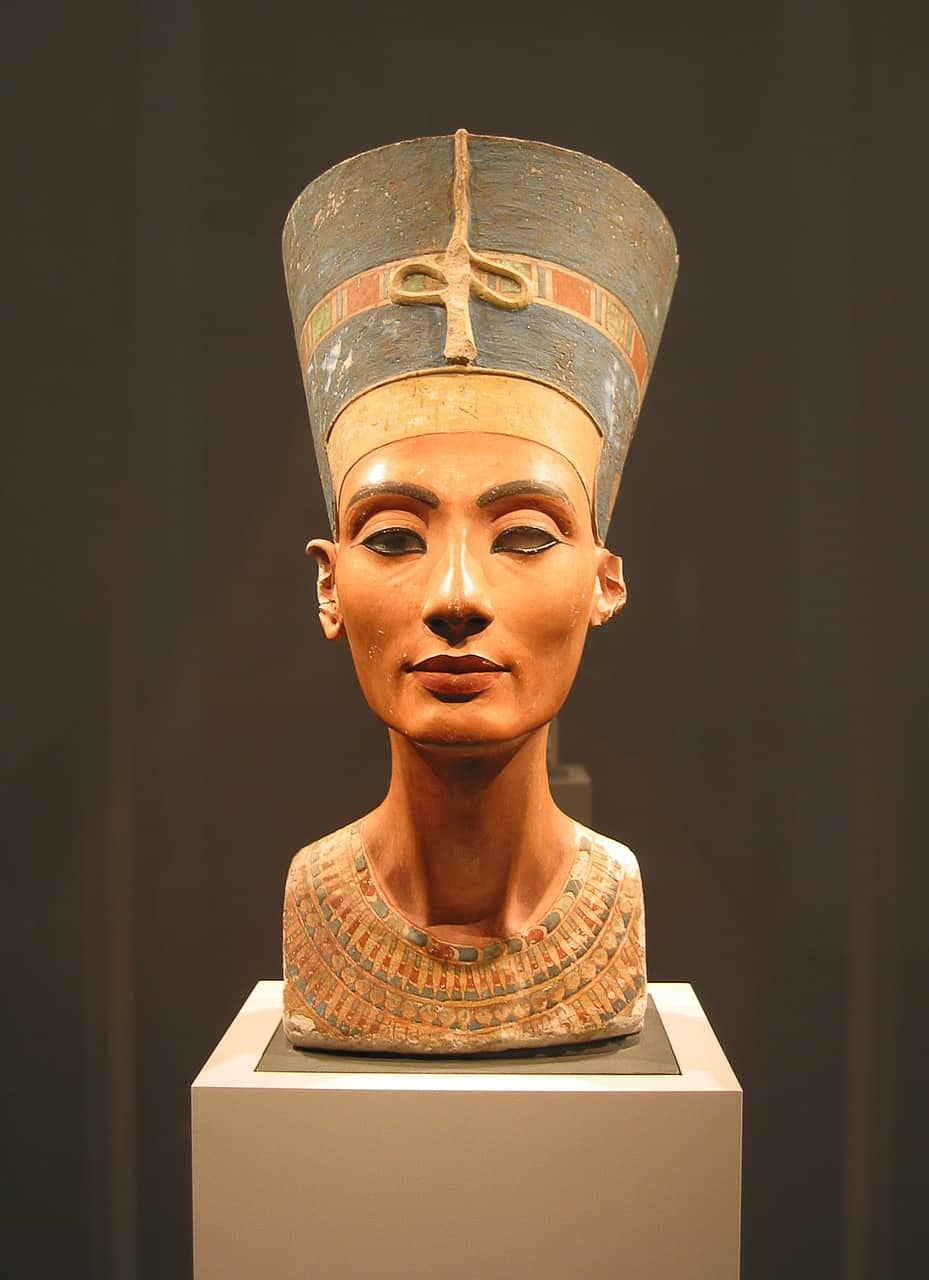
#27. Before being moved back to the Neues Museum in 2009, the bust of Nefertiti was on display in which museum for 38 years?
In 1967, the bust of Nefertiti was moved to the Egyptian Museum in the Charlottenburg borough of Berlin and remained there until 2005, when it was moved to the Altes Museum for a further four years before finally returning to the Neues Museum where it is currently on display.
#28. Of the eight West German & German Chancellors since 1949, how many were born in Berlin?
None of the German or West German Chancellors since 1949 were born in Berlin.

#29. When originally opened in 1830, the Altes Museum on Museumsinsel was known as what…?
When it was originally opened the Altes Musuem was originally called The Royal Museum (Königliches Museum) until the construction of a second museum to the north – which would become the Neues Museum as the Royal Museum received the name it still bears today.

#30. Which of these train stations was not a ‘Ghost Station’ during the Cold War period?
During the Cold War era, the Hackescher Markt train station was known as the Marx-Engels-Platz station. It continues to function as one of only two Stadtbahn stations preserved in their original condition. The remaining three stations listed were closed until following German reunification in 1990.
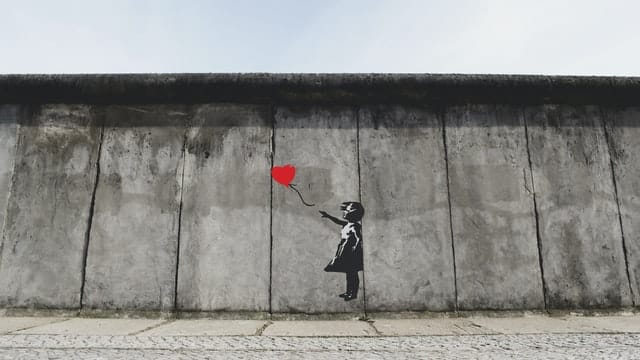
#31. Which was the first border crossing to open on November 9th 1989?
The first border crossing to fully open on November 9th 1989 was the Bornholmer Straße Crossing – when at 11:30pm the guards raised the barrier and allowed the crowd that had gathered to continue unhindered into the French sector of the city. Over the next 24 hours, an estimated 20,000 people would cross this bridge.
#32. Of these four Berlin buildings, which is the oldest?
As the oldest building in Berlin and one of the landmarks of the borough of Spandau, the 30 metre high Juliusturm dates back to the 13th century and served for a long time as a secure location for all kinds of treasure.
#33. What is the ‘Dancing Spaghetti’?
Unveiled by the husband-and-wife sculpting team of Brigitte Matschinsky-Denninghoff and Martin Matschinsky in 1987, this sculpture is simply titled ‘Berlin’ but has also come to be known by many other names – including the ‘Dancing Spaghetti’. Consisting of four intertwined, but not touching steel tubes, it was added to Berlin’s Kufürstendamm shopping street to celebrate the city’s 750th anniversary year.
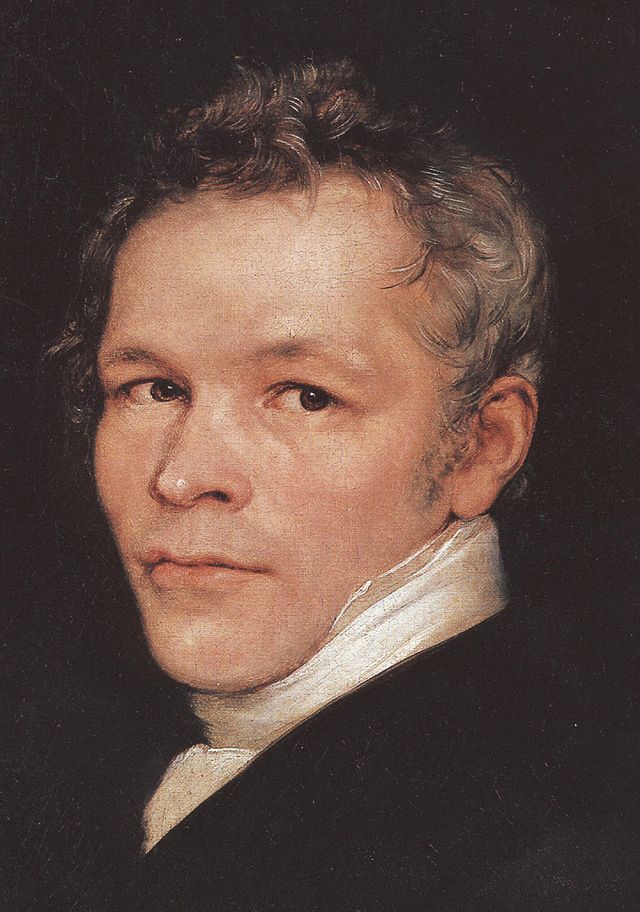
#34. Which of these famous Berlin landmarks was not designed by architect Karl Friedrich Schinkel?
Although constructed on the site of a Karl Friedrich Schinkel building (the previous Supreme Parish and Cathedral Church), the Berliner Dom was designed by Julius Raschdorff in Renaissance and Baroque Revival styles. It is the largest Protestant church in Germany and also acts as a dynastic tomb for the former ruling Hohenzollern royal family.

#35. What is the Eiskeller?
The Eiskeller (Ice Cellar) is an area of Berlin in the northwestern district of Hakenfelde, considered to be the coldest place in the city it is where ice was previously stored after being cut from the nearby Falkenhagener See before being resold to breweries and hospitals. Since the formation of Greater Berlin in 1920, the Eiskeller was an exclave of Berlin in the surrounding area and later of West Berlin in the GDR.
Results
Not bad. Not bad at all!
It seems you can easily claim to be an expert on Berlin.
Perhaps a career as a tour guide or local historian awaits?
If you’re looking to learn more about a specific area of Berlin’s fascinating history, make sure to check out our private history tours – and maybe also take our tour specific quizzes for each theme our tours focus on.
Oh no, you managed less than 90%.
Don’t worry, the questions were meant to be hard.
If you haven’t tried our introductory Berlin Quiz already then make sure to give that a go – no doubt you’ll do better there!
Next time you’re heading to Berlin make sure to check out our history tours, where you’re guaranteed to learn more.
Our Related Private Tours
Learn more about the Battle of Berlin and explore this urban battlefield with our Battle of Berlin tours.
Learn more about the history of Nazi Germany and life in Hitler’s Third Reich with our Capital Of Tyranny tours.
Learn more about the history of East German and life behind the Iron Curtain with our Republic Of Fear tours.
Learn more about the history of Prussia and the life of Frederick the Great with our Glory Of Prussia tours.
Learn more about SS ‘Protective Custoday’ on our Sachsenhausen Concentration Camp Memorial tours.





